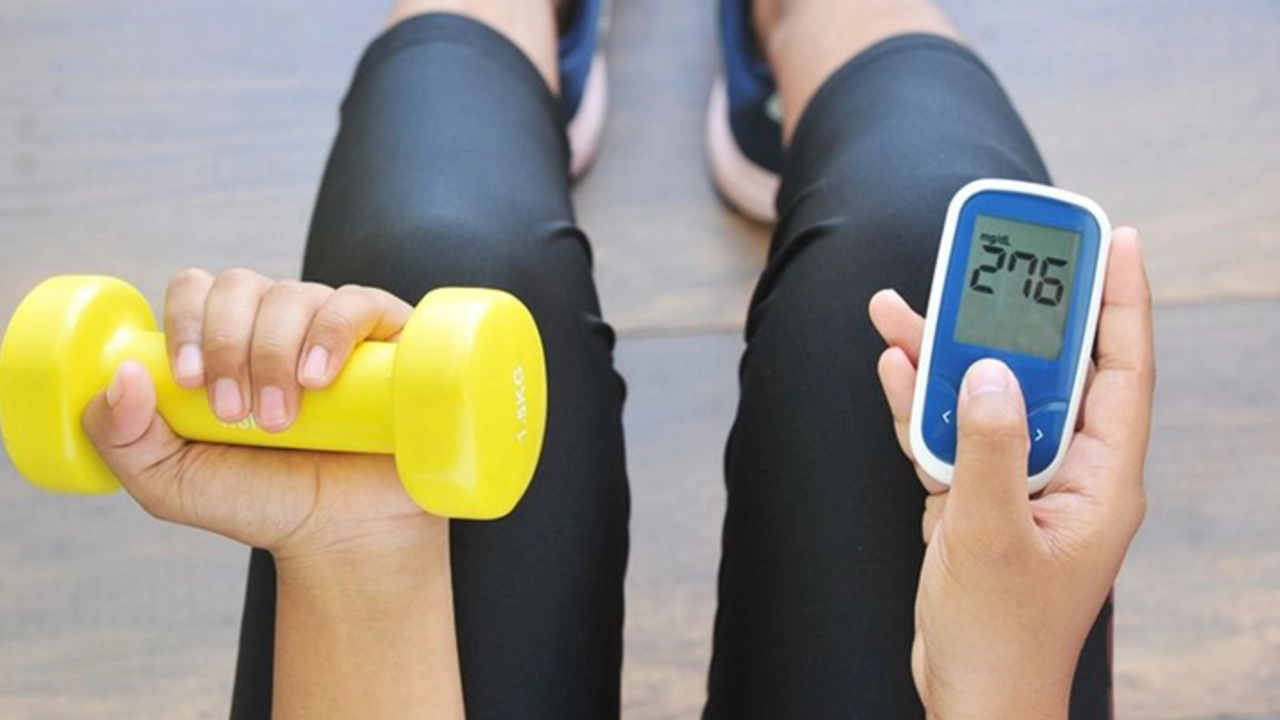Exercise: A Practical Guide to Safe, Effective Workouts
You don’t need a gym to get results. Research shows 150 minutes of moderate activity a week can lower heart disease risk by about 30%. That’s a small weekly habit with a big payoff: better mood, stronger muscles, improved sleep, and steadier blood sugar.
Focus on three simple goals: move more, build strength, and keep flexible. Cardio boosts endurance and calorie burn. Strength training preserves muscle, protects joints, and helps metabolism. Flexibility and balance cut injury risk as you age. Aim for two full-body strength sessions, 150 minutes of moderate cardio, and short daily mobility work.
Start smart: a simple plan that sticks
Pick activities you enjoy—walking, cycling, bodyweight circuits, or yoga. Block time in your week like any appointment. Begin with 20–30 minute sessions and increase duration by 10% each week. Warm up 5–10 minutes with light movement and dynamic stretches, and finish with a few minutes of easy stretching.
Use effort, not gadgets, to judge intensity. On most days you should be able to talk but not sing during cardio (that’s moderate). For strength work, pick a load that feels challenging by set eight to twelve. Keep form tight; drop weight if technique slips. Rest two full days between heavy strength sessions for the same muscle groups.
Exercise and meds: practical caution
If you take blood pressure drugs like losartan (Cozaar) or diuretics such as furosemide (Lasix), watch for lightheadedness and cramps. Diuretics can change electrolytes—drink water and replace salts if your doctor agrees. People on statins or new cholesterol drugs may notice muscle aches; reduce intensity and check with your clinician if pain persists.
Beta blockers blunt your heart rate response, so use perceived exertion to pace workouts. If you use inhalers for asthma, keep them handy and warm up longer to prevent bronchospasm. Blood sugar medications may cause hypoglycemia; carry a fast carb and test glucose before and after longer sessions. If you’re on blood thinners, avoid high-impact contact sports that raise bleeding risk.
Before starting a new program, mention your meds, recent tests, or heart issues to your clinician. A quick check-in can clear safe intensity ranges and flag necessary monitoring like electrolytes or blood sugar checks.
Practical safety habits: wear proper shoes, hydrate, get sleep, and progress slowly. Track workouts with a simple log—date, activity, time, and how hard it felt. Celebrate small wins like adding five minutes, lifting one more rep, or walking an extra block.
If you feel chest pain, dizziness, fainting, sudden severe shortness of breath, or unusual heart palpitations, stop and seek medical help. Otherwise, start small, stay consistent, and you’ll likely see steady gains that matter for daily life.
Quick session ideas: 20-minute beginner circuit—two rounds of 10 squats, 10 push-ups (knees if needed), a 20-second plank, and 30 seconds marching in place. Or a brisk 30-minute walk with three 1-minute faster intervals. Small swaps—like water instead of soda before exercise—prevent stomach upset and help energy. Celebrate progress weekly and often.

The Benefits of Regular Physical Activity for Diabetics
As a diabetic, I've found that engaging in regular physical activity has greatly improved my overall health and well-being. By staying active, I've been able to maintain better blood sugar control and reduce the risk of diabetes-related complications. Additionally, physical activity has helped me lose weight, lower my blood pressure, and elevate my mood. I've also noticed that regular exercise has increased my energy levels and improved my sleep patterns. Overall, incorporating physical activity into my daily routine has been a game-changer in managing my diabetes and enhancing my quality of life.
Read More




